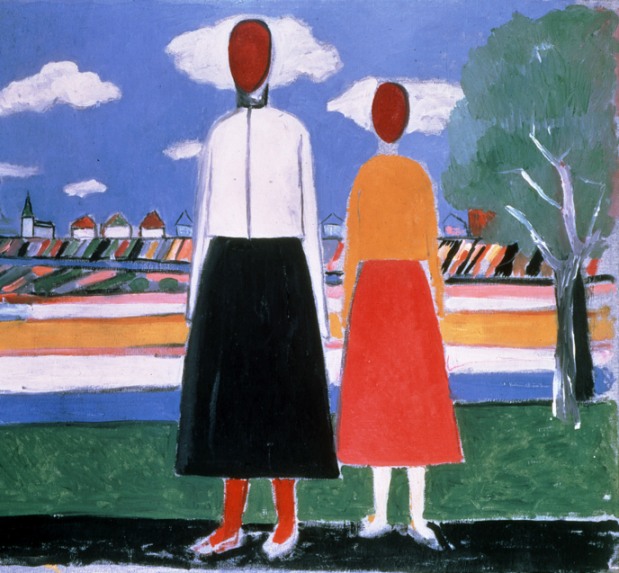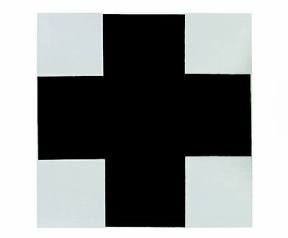Expectations run high, first impressions
are everything, the benchmark of quality must be set and now I am referring to
the column, not my sexual technique, which has thankfully improved a little.
Columns need to push the readers' right buttons, caress their intimate places,
nibble their earlobes, stroke their thighs, lick their…ok, this is getting
ridiculous and a touch uncomfortable.
You'd agree that columns are usually
written by well-known personalities whose out-spoken opinions have garnished
them with notoriety or a comedic edge that translates well into text. I'm sure
you are wondering how any of these apply to me; well, allow me to explain. I am
eminent among those who know me and they will all vouch that my heart is in
comedy, although it rarely works once it leaves my mouth.
There is no formula for writing a good
column (if somebody does have one, please mail me), with the words spilling
forth from the personality of the author and mixed together with a healthy
splash of opinion. Aside from that, there are no rules to column writing and
currently there have been no rules decreed by either Antonio or Eduardo, but
give it time, give it time. Cue maniacal evil laughter and rubbing of hands.
January does have the habit of bringing out
the strange aspect of people's characters and it is no exception in my case.
However, it is also a month for resolutions, new diaries and Christmas presents
still shiny and operational, so what better time for Finland to celebrate the
arrival of a new English language culture magazine? We are all looking for
something different after the frivolities of Christmas and trying to ignore the
fact that Valentine's Day is peeking round the corner – there you go guys, a
year's subscription to FREE! for your loved one on Feb 14th.
{mosimage}After losing your virginity (yes, we are
back to that again), you spend the rest of your life anticipating when the next
romp is going to be, which is similar to the way many of us approach the year.
We struggle to enjoy the immediate moment, always looking to the future to the
next celebration, the next birthday, the next wedding, the next graduation or
the next big thing, while life passes by unnoticed with our attention directed
elsewhere. Take some time out of your life this year to breathe and to absorb
what is going on around you because it will be another distant memory before
you know it.
Serious time is over. We can now return to
normal programming…where was I? Oh yes, losing your cherry. Once you have that
haunting first time out of the way you can knuckle down and hone your skills,
so you can expect something a great deal kinkier and bursting with misplaced
confidence next time. The FREE! guys believe that I am the man for the job, but
why they stuck me at the back shall remain unquestioned…for now.
To have made it this far into the magazine
and into my column means that you have been significantly entertained by the
team's efforts and you will now be counting the days until issue two is
published. However, I suggest that with issue two you start at the back and
read my next column first.
Make the most of 2007!

